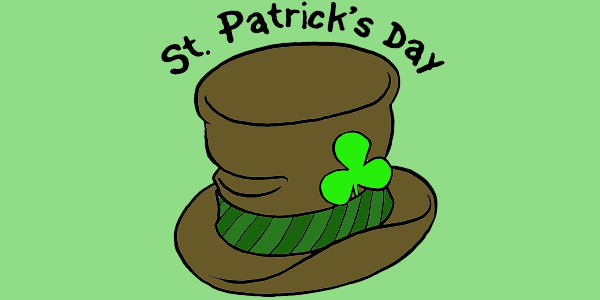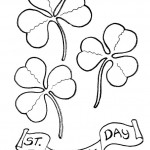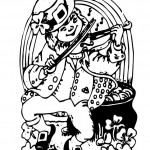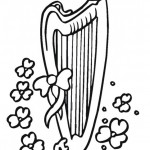Saint Patrick’s Day is a yearly holiday celebrated on 17 March. It is named after Saint Patrick (circa AD 387 493), the most commonly recognized of the patron saints of Ireland. It began as a purely Christian holiday and became an official feast day in the early 1600s.
Little is known of Patrick’s early life, though it is known that he was born in Roman Britain in the 4th century, into a wealthy Romano-British family. His father and grandfather were deacons in the Church. At the age of sixteen, he was kidnapped by Irish raiders and taken captive to Ireland as a slave. It is believed he was held somewhere on the west coast of Ireland, possibly Mayo, but the exact location is unknown. According to his Confession, he was told by God in a dream to flee from captivity to the coast, where he would board a ship and return to Britain. Upon returning, he quickly joined the Church in Auxerre in Gaul and studied to be a priest.
In 432, he again said that he was called back to Ireland, though as a bishop, to Christianise the Irish from their native polytheism. Irish folklore tells that one of his teaching methods included using the shamrock to explain the Christian doctrine of the Trinity to the Irish people. After nearly thirty years of evangelism, he died on 17 March 461, and according to tradition, was buried at Downpatrick. Although there were other more successful missions to Ireland from Rome, Patrick endured as the principal champion of Irish Christianity and is held in esteem in the Irish Church.
Originally the color associated with Saint Patrick was blue, not, in fact, green. However over the years the color green and its association with Saint Patrick’s day grew. Green ribbons and shamrocks were worn in celebration of St Patrick’s Day as early as the 17th century. He is said to have used the shamrock, a three-leaved plant, to explain the Holy Trinity to the pre-Christian Irish.













